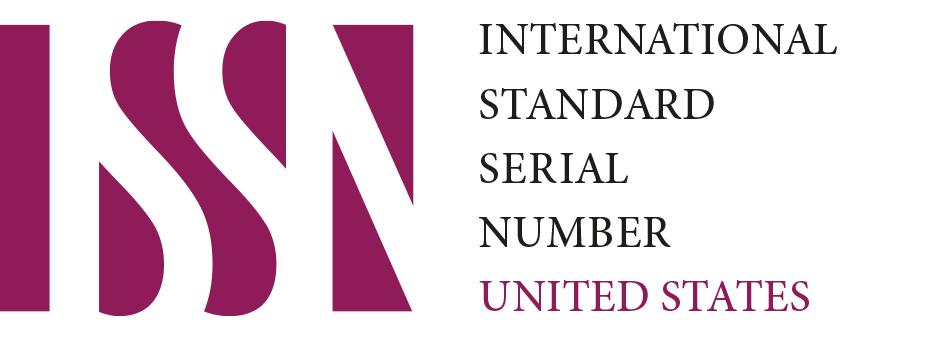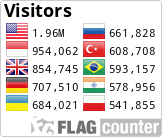Implementing Agile Practices for Sustainable Business Expansion: A Literature Study Approach
DOI:
https://doi.org/10.59613/global.v2i8.256Keywords:
Agile Practices, Sustainable, Business ExpansionAbstract
This study contributes to the existing literature by providing a systematic review and synthesis of current research on agile practices specifically aimed at sustainable business expansion. It aims to identify key success factors, challenges, and strategic implications of implementing agile methodologies across different organizational contexts. This study employs a qualitative research approach to investigate the implementation of agile practices for sustainable business expansion. Qualitative methods are chosen to explore and analyze the complexities, nuances, and contextual factors associated with agile methodologies across diverse organizational settings. This research adopts a literature study approach, focusing on synthesizing and analyzing existing qualitative studies, case studies, and theoretical frameworks related to agile practices in business contexts. In conclusion, the adoption of agile practices is pivotal for sustainable business expansion in today's competitive landscape. By embracing agile methodologies, organizations can enhance their responsiveness to market changes, improve collaboration across teams, and accelerate innovation cycles. However, successful implementation requires careful consideration of organizational culture, leadership commitment, and ongoing training and development. Moving forward, further empirical research and longitudinal studies are needed to explore the long-term impacts and scalability of agile practices across diverse business environments.
Downloads
Published
How to Cite
Issue
Section
License
Copyright (c) 2024 Nikotiyanto Dwi Cahyono

This work is licensed under a Creative Commons Attribution 4.0 International License.













